Girard-Perregaux Goes Back to the 1970s With The Return of the Casquette (Live Pics & Price)
GP brings back their iconic 1970s Casquette LED watch, in a slightly modernized way.
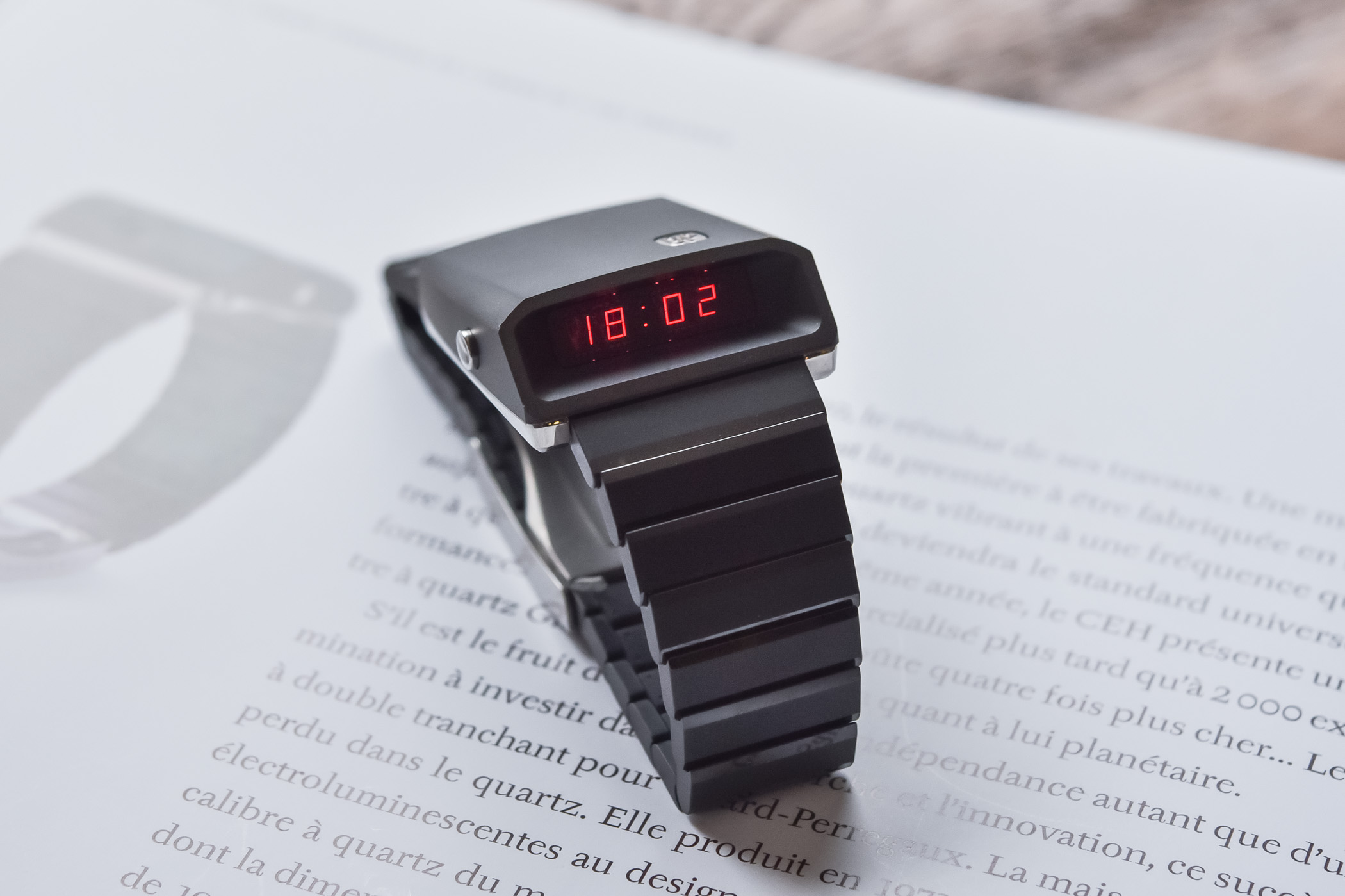
The 1970s was a decade of revolutions. As far as watches are concerned, it is the period of the advent of the quartz watch, which had a major impact on the industry. If you are a fan of mechanical watches, you might think that it wasn’t for the good… Indeed, the popularity of the new, accurate quartz watches plunged the Swiss watch industry in a deep crisis. Still, quartz watches were a technological breakthrough, allowing to produce watches that were cheaper and more accurate than anything else before. It also gave birth to striking designs with new looks, forms and functionalities. Among these is the 1976 Girard-Perregaux Casquette and its driver-type LED display. Nearly half a century later, this emblematic creation is back. Meet the Girard-Perregaux Casquette 2.0.
The race to develop quartz watches
The 1960s and 1970s were an era of rapid advancements in technology and the advent of electronics sparked a revolution in watchmaking. The first electric wristwatch was presented in 1957 by Hamilton. Although quartz technology had already been in use for several years for large precision clocks, the real challenge was to miniaturize this technology. In the 1960s, Swiss, American and Japanese watchmakers embarked on a race to develop the first applications of quartz technology for the wristwatch.
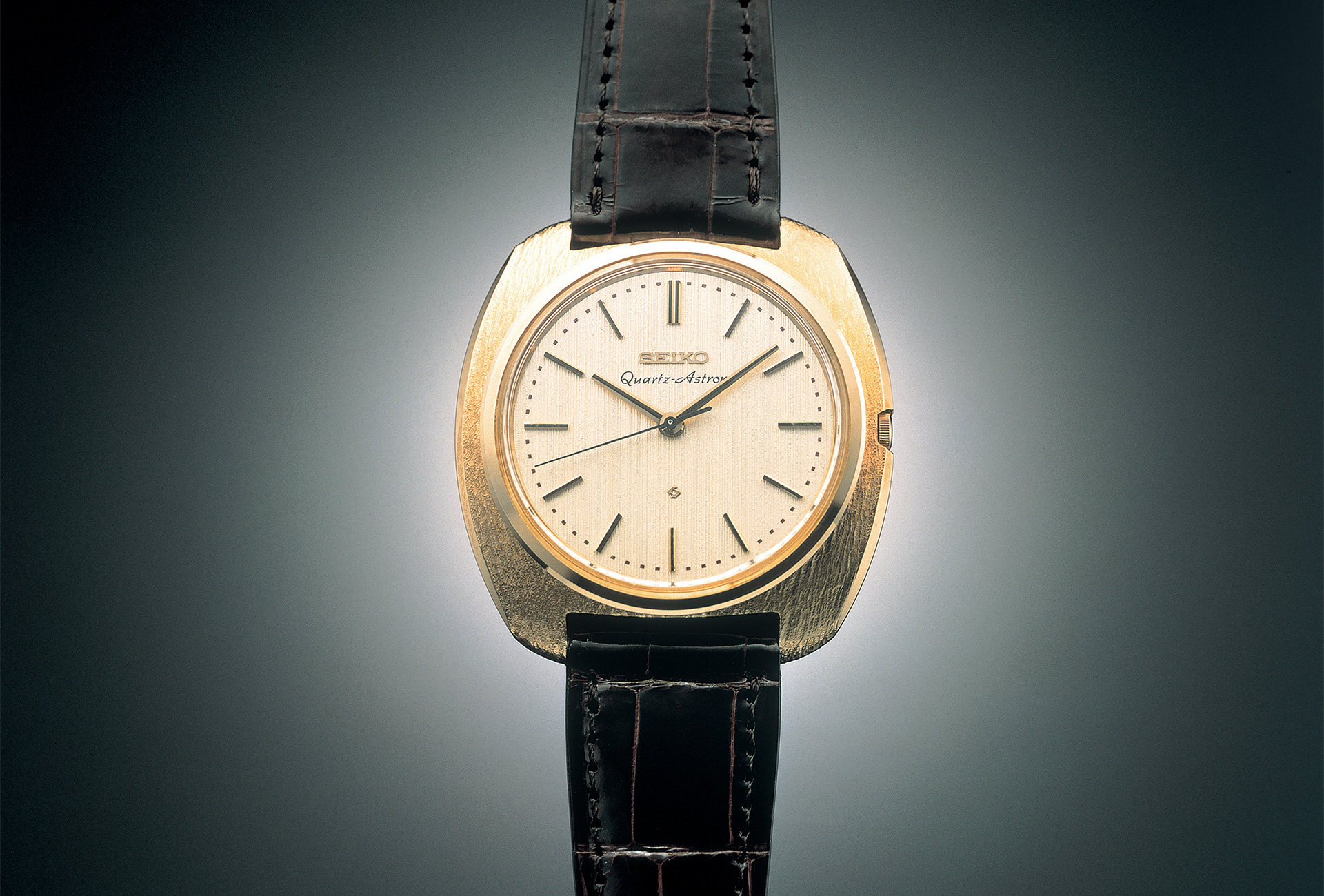
Swiss watchmakers undertook combined research via the Swiss Watchmaking Research Laboratory (LSRH), and then with the Watchmaking Electronics Centre (CEH) from 1962. This consortium presented the first prototype quartz wristwatch in 1966. For its part, Girard-Perregaux embarked on the quartz adventure on its own. The company had quite an active R&D department at the time and hired a young electronics engineer from the Lausanne Polytechnic School, Georges Vuffray, to develop its own quartz movements. An Electronics research department was then set up in 1966 and would give birth to interesting developments. Girard-Perregaux accelerated its work, turning to collaboration with foreign companies, via a partnership at first with Thomson CSF.

The first quartz wristwatch to hit the market came from Japan. In December 1969, Seiko announced the launch of the Astron – the same year the first automatic chronographs came to the market too. Just a few weeks later, several projects were presented at the 1970 Basel fair: the Swiss Beta 21 (CEH consortium), the Longines Ultra-Quartz and… the Girard-Perregaux Elcron. The following year saw the presentation of a second generation of Girard-Perregaux quartz watches with an integrated circuit produced by Motorola. The calibre GP 350 quartz oscillator used for the first time a frequency 32,768 Hz, adopted since then as a universal standard. Girard-Perregaux met great commercial success based on one of the most advanced technical designs, its capacity to industrialize this innovation and a competitive price.
LED displays – the digital age
Besides analog display watches, the quartz technology brought revolutionary designs with new forms and functionalities. In 1970, straight out of science fiction, the Hamilton Pulsar came with no hands and dial, replacing these for the first time ever with a digital display. Pushing a button made the time flash in red LED (Light Emitting Diodes) numerals on the dark screen. The LEDs were so power hungry that to avoid depleting the battery, the time could not be displayed permanently.
One of the coolest watches with LED display created during the 1970s is, without a doubt, the Girard-Perregaux Casquette, with its driver-type display. According to the brand, a total of 8,200 examples of this sought-after model were produced between 1976 and 1978. It was presented in stainless steel, in yellow gold-plated or in a cool light and durable composite material called Macrolon. This 1970s space-age watch design was not officially called the Casquette, however collectors nicknamed the watch with this moniker, which has since remained part of horological parlance. Like the Hamilton Pulsar, a push-piece allowed to activate the display to avoid depleting the battery. A single press for the hours and minutes, a double press for the day and the date (or date only for some models), a triple press for the seconds.
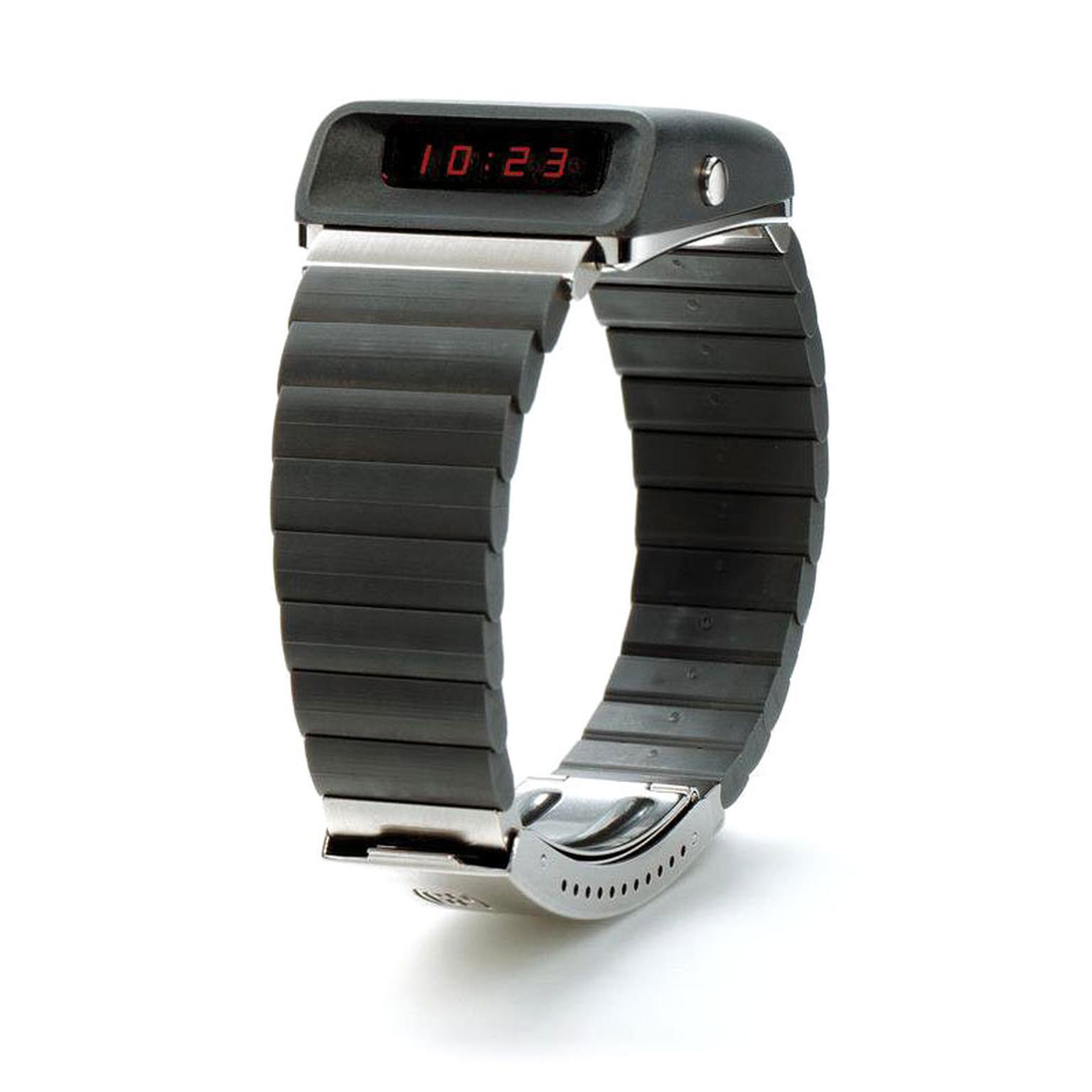
The Girard-Perregaux Casquette 2.0
For the re-creation of this retro futuristic design, this time Girard-Perregaux has officially adopted the name Casquette adding the caption 2.0 to remind that we’re talking about a watch from the 21st century.
The Girard-Perregaux Casquette 2.0 is a loyal reproduction of the original design. The sleek, tapered case measures 42.40mm in length, 33.60mm in width and has a maximum thickness of 14.64mm. It is now presented in a case made of scratch resistant matte black ceramic, with a grade 5 titanium caseback. The pusher and the GP badge on the case are also in titanium. The ceramic bracelet features a rubber interior and the folding buckle is in titanium. The use of these lightweight materials ensures a total weight of just 107 grams. On the wrist, it wears super comfortable… while the space-like design will be an excellent conversation starter.
As you would expect, the movement is completely new and upgraded with modern technology, which is a good thing given the short battery life of the original one. The caliber GP03980-1474 displays the hours, the minutes, the seconds, the day and the date just like the 1970s movement (although different modules were used back then) but it come with additional functionalities: the month, the year, a chronograph, a second time zone and a secret date. The later allows you to save a memorable date of your choice that will be displayed once a day at a selected time. Time is displayed on demand, and the battery life is of 2 years assuming that the pushers are pressed about 20 times a day on average.
The Girard-Perregaux Casquette 2.0 is released in a limited edition of 820 watches (a nod to the 8,200 watches produced during the 1970s). It retails for EUR 4,700, CHF 4,500 or USD 4,700. Pre-orders will open on the brand’s website as of today, 22.02.2022.
On the occasion of Only Watch 2021, Girard-Perregaux had released a unique piece in forged carbon and titanium prefiguring the Casquette 2.0. The watch was auctioned for CHF 80,000.
For more information, please visit www.girard-perregaux.com.


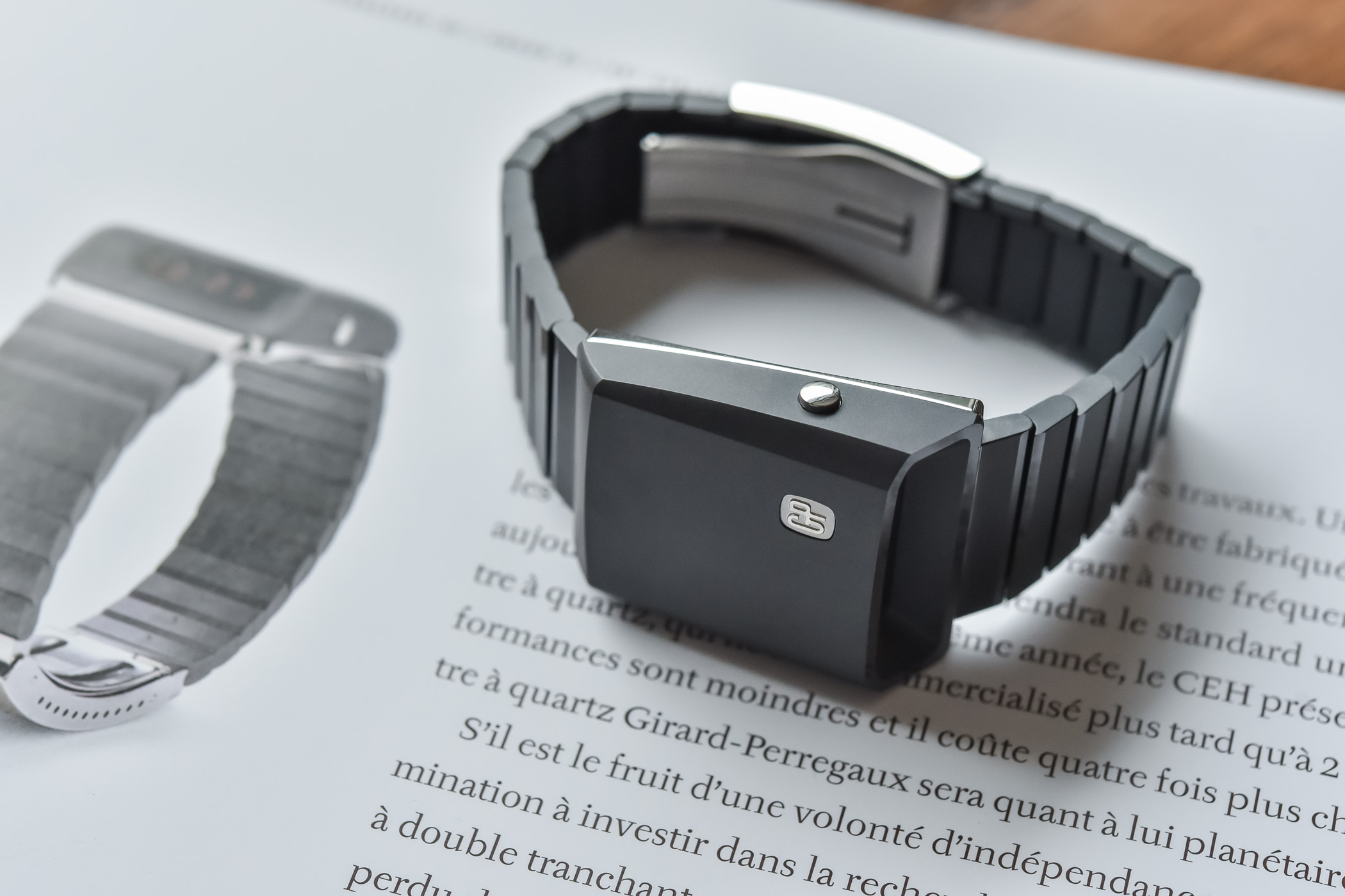
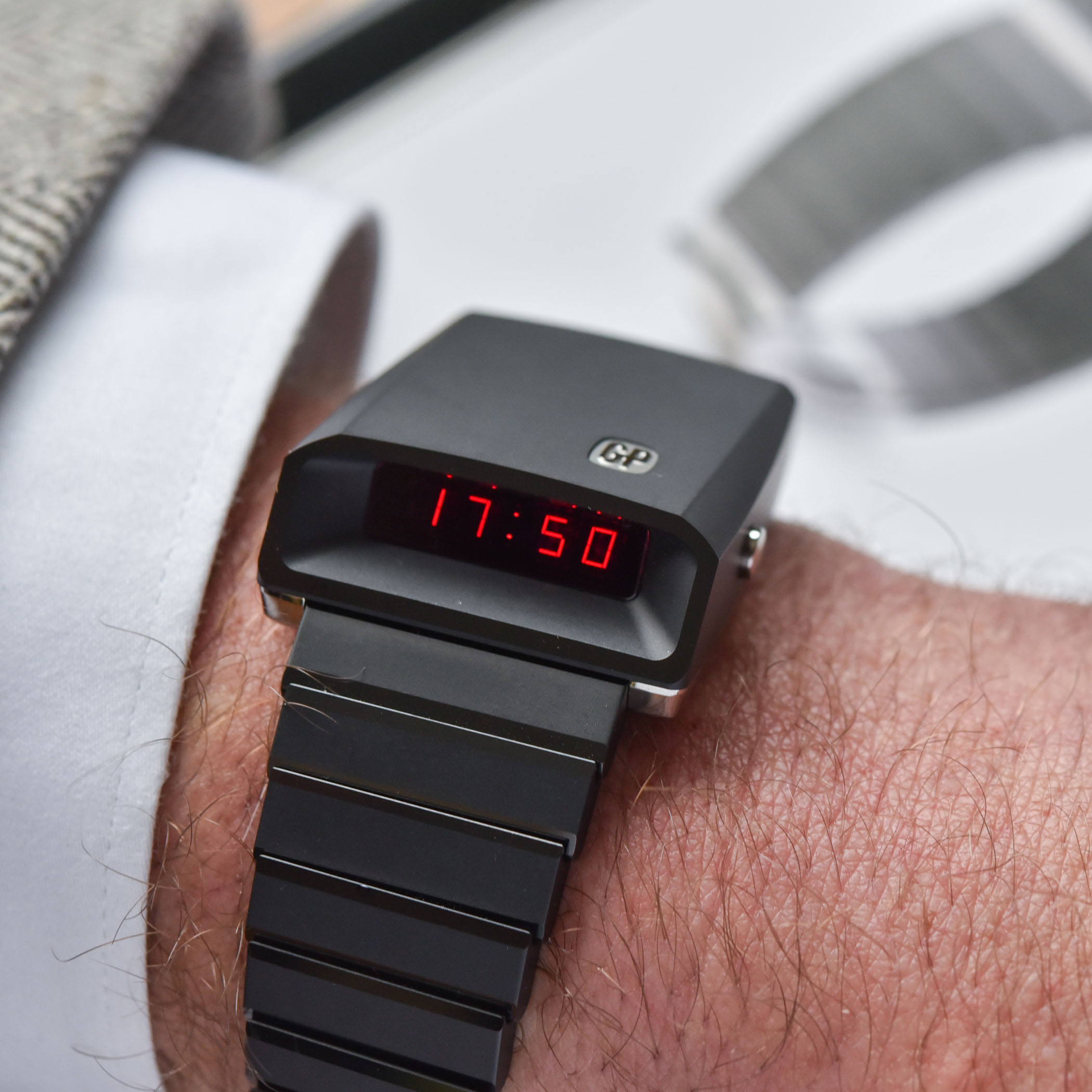


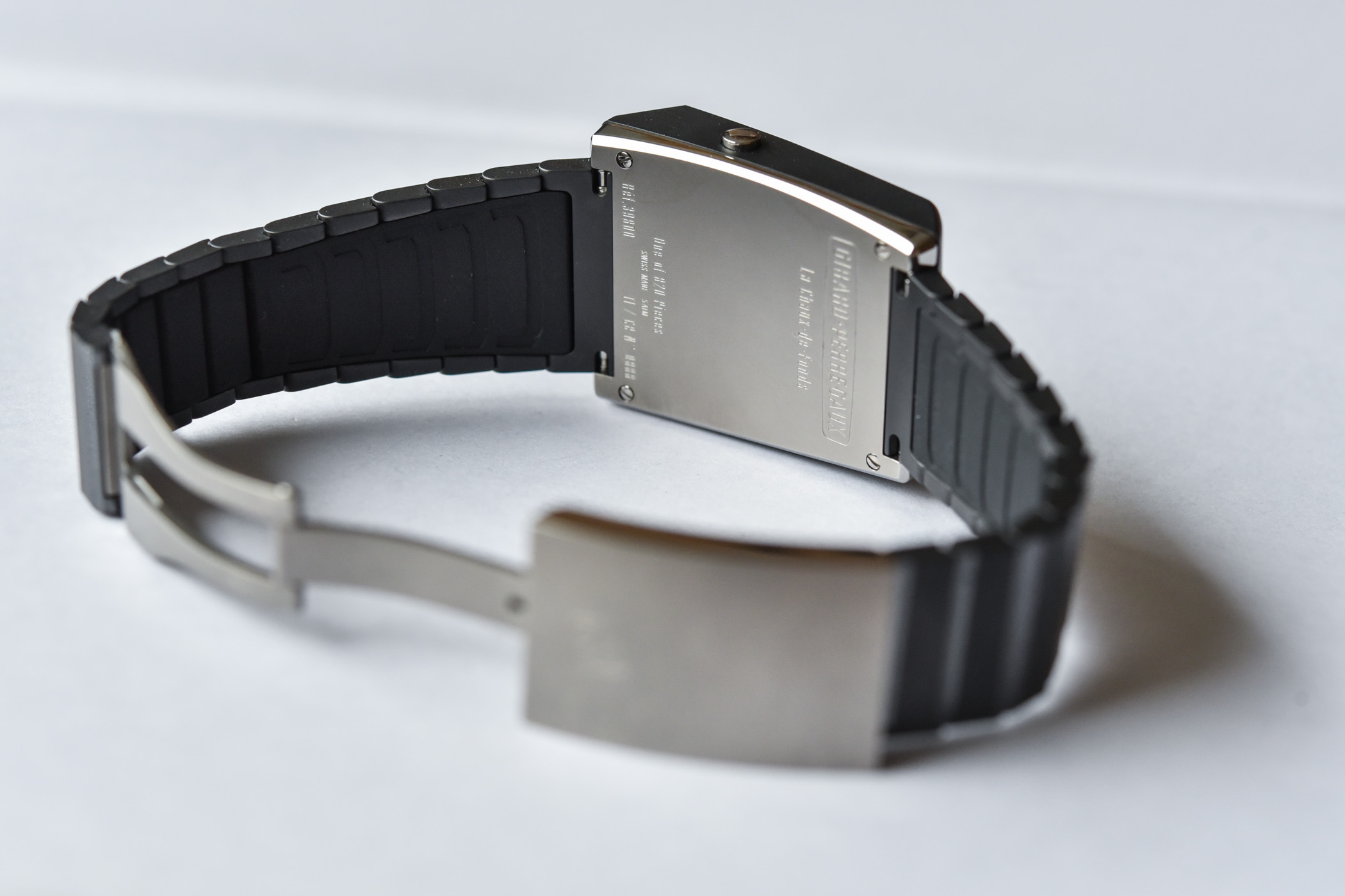
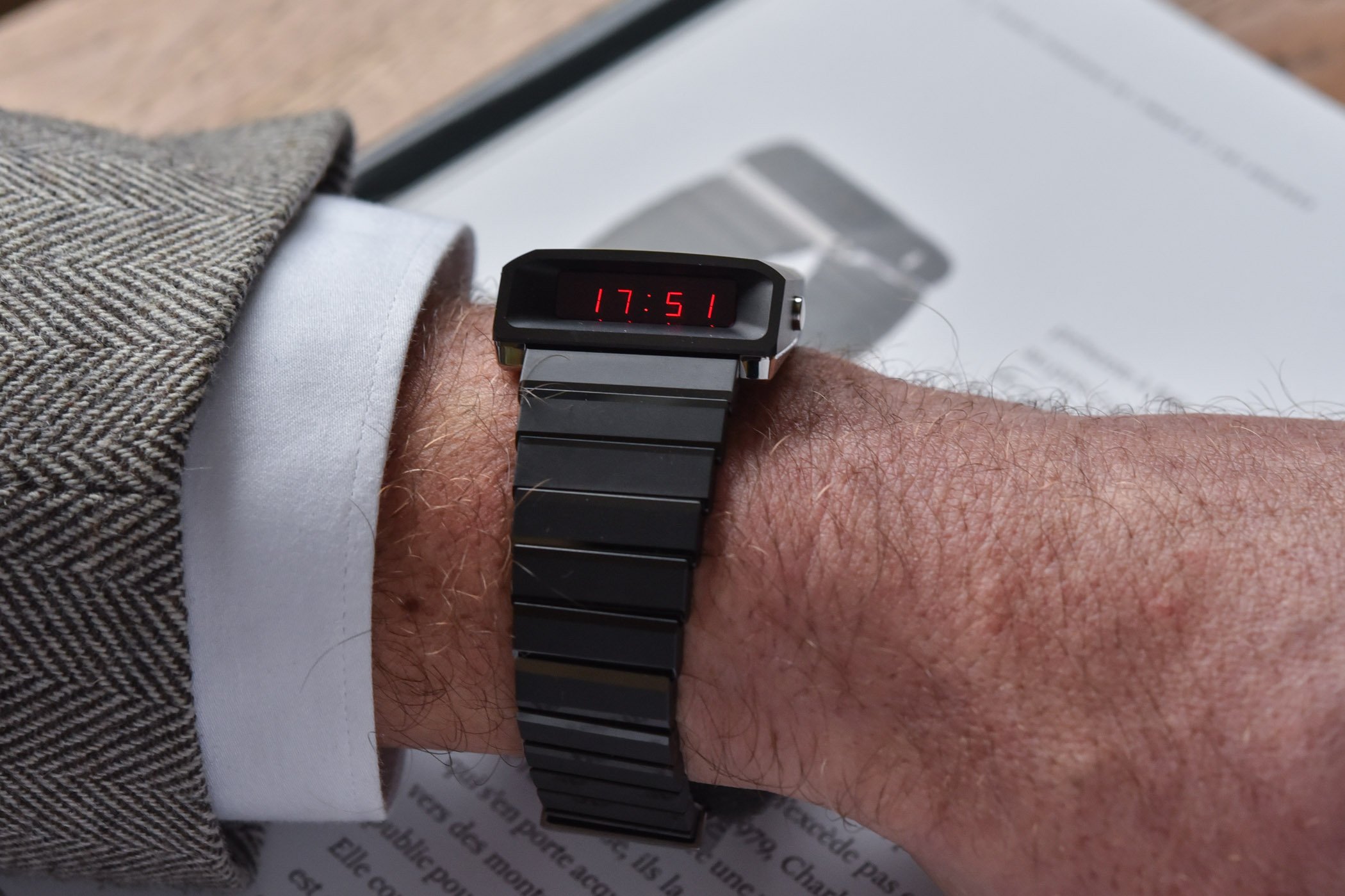



10 responses
Finally, something cool from GP. Congrats, it’s absolutely marvellous!
It’s certainly not marvellous if you have to push it every time to see the time, and if you’re driving or riding a bike it could even be dangerous! I’d guess all of us expected better tech than this in 2022.
Looks incredibly cheap given the laughable price. I thought the digital Hamilton was overpriced but this… definitely not for me.
Sold out already.
Uh,no. I love horology and watch collecting but not to this degree.
April fool’s is starting early this year…
Love the Hamilton PSR MTX. In daylight you can see the display without pressing any button.
A lost brand
Si si, un casco es ideal pero para evitar romperse la crisma con la caída y posterior despierte con chichón. Su fealdad-inutilidad y 300 en langosta hacen una buena mariscada con patinazo al estilo GP muy util para derretir 4700. Perdón por lo cáustico pero es que lo pide a gritos.
I own a Saint-Laurent Titanium 2.0 No. 9/200.
The display is so dim that it is impossible to read the display during the day.
Has anyone had a similar experience?
Is it possible to increase the brightness of the display?
Thank you for your opinion.